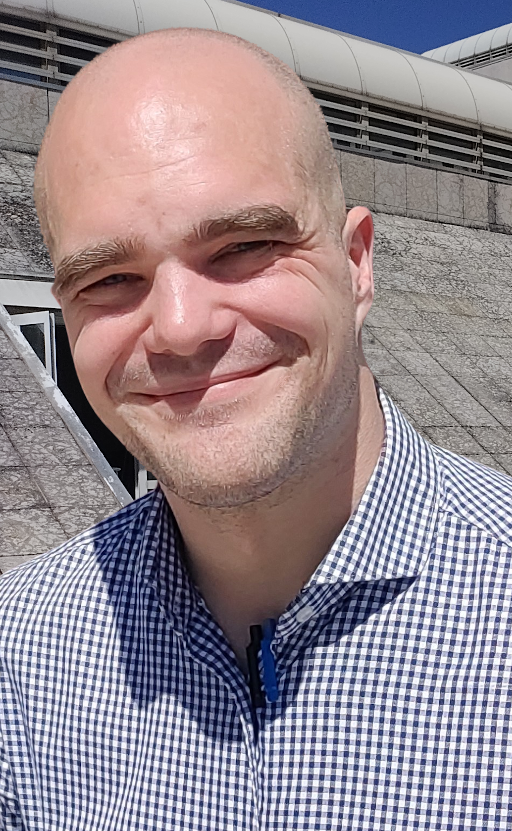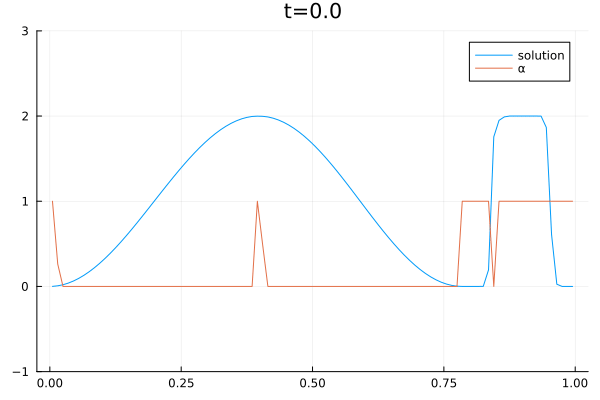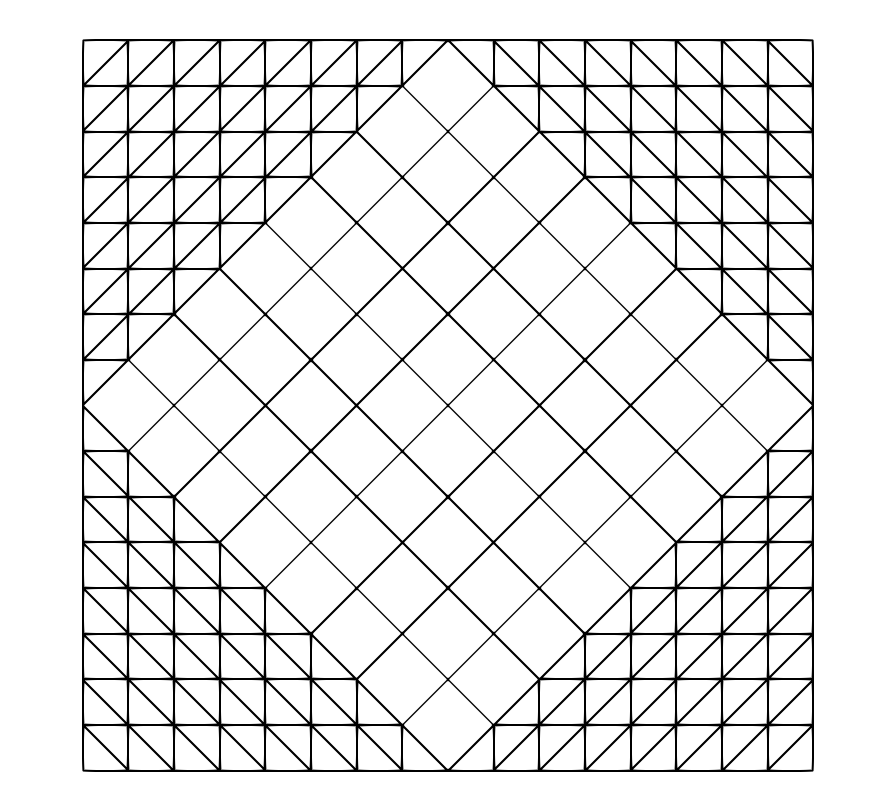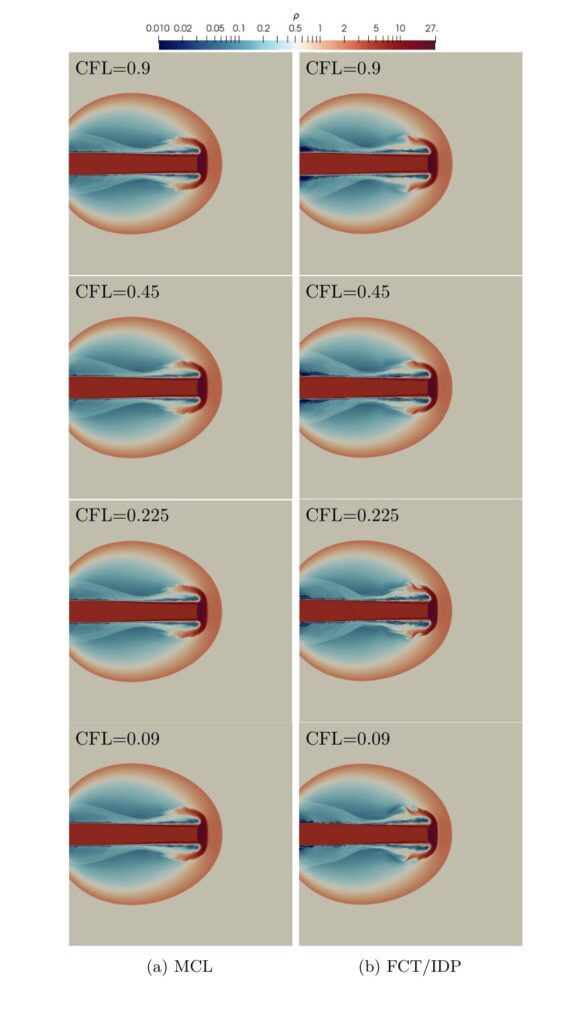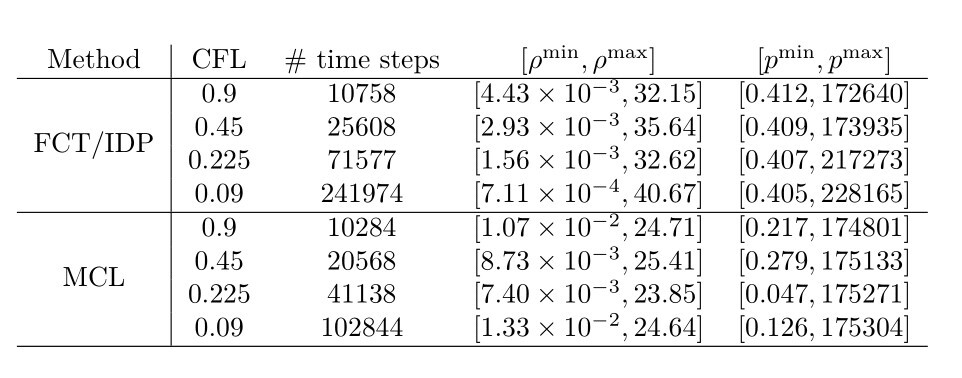A preliminary step in the development of a global atmospheric model is the construction of a suitable horizontal discretization for partial differential equations in spherical geometry. The spherical shallow water equations, which consist of a scalar equation governing mass conservation coupled with a vector equation for the momentum balance under gravitational and Coriolis forces, serve as a simplified model for the horizontal dynamics of the Earth’s atmopheric circulation. Since the spherical shallow water equations exhibit many of the characteristic features and numerical challenges associated with atmospheric fluid flow, they provide a useful testbed for the development and assessment of numerical schemes for weather prediction and climate modelling (see, for example, Williamson et al. [1]).
By extending Trixi.jl to solve hyperbolic partial differential equations on curved manifolds, we are able to simulate shallow-water flows on the surface of the sphere using discontinuous Galerkin methods formulated with respect to the two-dimensional tangent space associated with a cubed-sphere grid [2, 3]. The video below depicts the relative vorticity field for the numerical solution to the spherical shallow water equations in flux form, which we discretize similarly to Bao et al. [4] using a discontinuous Galerkin method employing 5400 curved quadrilateral elements of polynomial degree seven. The initial condition corresponds to a mid-latitude jet with a small perturbation added to initiate a barotropic instability, which was proposed by Galewsky et al. [5] as a test case exhibiting complex nonlinear dynamics characteristic of those present in numerical weather prediction and climate models.
References
[1] D. L. Williamson, J. B. Drake, J. J. Hack, R. Jakob, and P. N. Swarztrauber. A standard test set for numerical approximations to the shallow water equations in spherical geometry. Journal of Computational Physics, 102(1):211-224, 1992.
[2] R. Sadourny. Conservative finite-difference approximations of the primitive equations on quasi-uniform spherical grids. Monthly Weather Review, 100(2):136-144, 1972.
[3] C. Ronchi, R. Iacono, and P. S. Paolucci. The “cubed sphere”: A new method for the solution of partial differential equations in spherical geometry. Journal of Computational Physics, 124(1):93-114, 1996.
[4] L. Bao, R. D. Nair, and H. M. Tufo. A mass and momentum flux-form high-order discontinuous Galerkin shallow water model on the cubed-sphere. Journal of Computational Physics, 271:224-243, 2014.
[5] J. Galewsky, R. K. Scott, and L. M. Polvani. An initial-value problem for testing numerical models of the global shallow-water equations. Tellus A, 56(5):429–440, 2004.
This snapshot was created by Tristan Montoya.
